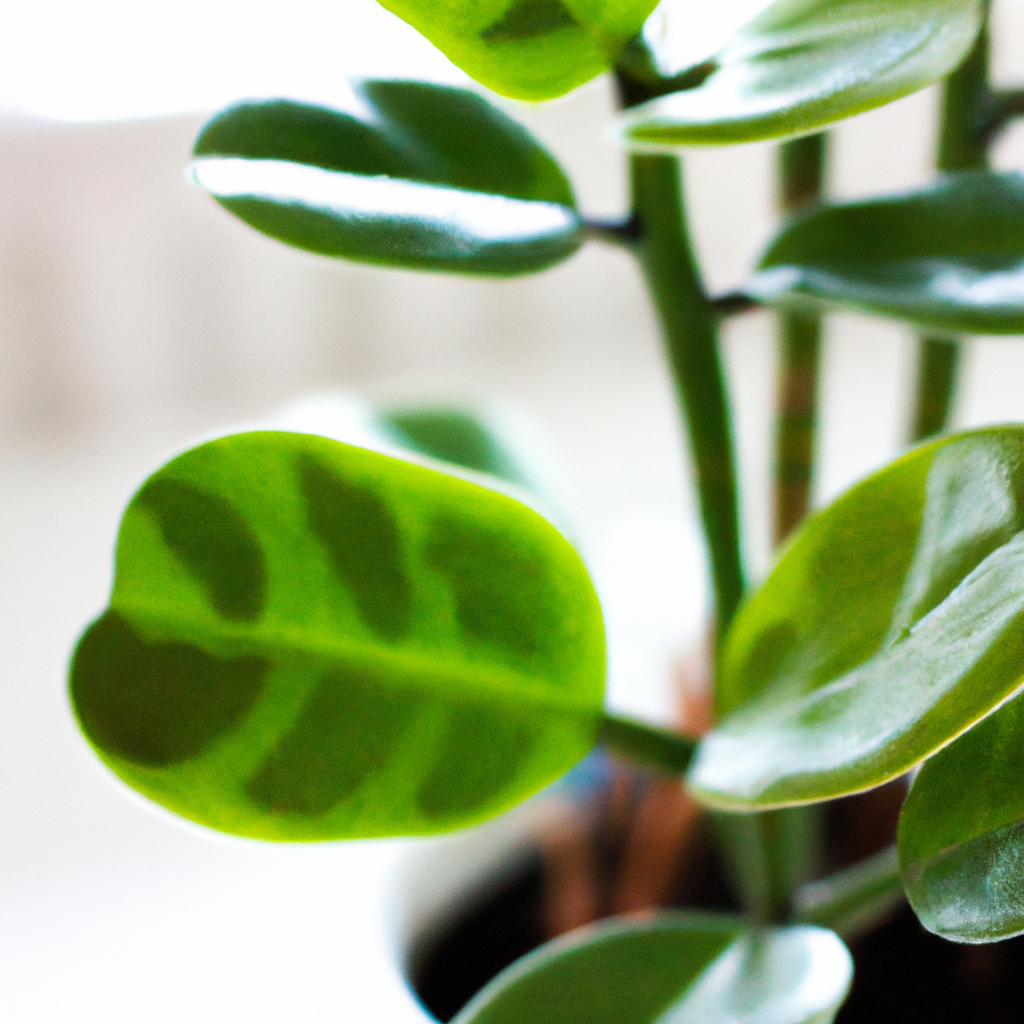The Elegance and Commitment of Care for a Paddle Plant Houseplant
When it comes to houseplants, devoted plant parents know that there is no one-size-fits-all approach to caring for them. As living organisms, houseplants can be unique in their needs and preferences, requiring commitment and patience. In the world of houseplants, one of the more interesting varieties to consider is the paddle plant.
This hardy succulent is known for its striking foliage, which consists of paddle-shaped leaves that are often tinged deep purple or red. The paddle plant (Kalanchoe Thyrsiflora) is native to dry areas in South Africa and is an excellent choice for those just getting into houseplants. It does not require much water or attention, making it an easy-care option for folks with busy lifestyles. Although the paddle plant is tolerant of some neglect, it does require some attention in order to thrive.
Location is Key
Where you place the paddle plant can make a big difference in its success. This plant loves lots of bright, indirect sunlight — preferably near a south-facing window. If you can’t provide this kind of light, you can supplement it with fluorescent lighting. Just make sure the light is bright and not too far away, otherwise your paddle plant won’t get enough light to stay healthy and happy.
One of the most common mistakes people make with their paddle plants is overwatering. The paddle plant has a shallow root system and needs its soil to remain mostly dry to the touch in order to thrive. If you give your paddle plant too much water, its leaves may start to turn yellow and eventually rot, so it’s important to check the soil regularly and only water when it’s dry.
Pest Management & Fertilizing
The best defense against pests is prevention; regularly checking your paddle plant for any suspicious critters or webs and removing them as soon as you spot them. Additionally, making sure the soil is moistened only when necessary should help keep pests away.
Even though the paddle plant doesn’t require much fertilizer, it may benefit from a monthly application of a balanced houseplant fertilizer or compost tea diluted to half strength. This should be applied during the plant’s active growth period — typically spring and summer — to boost its growth and keep it looking vibrant and healthy.
Repotting & Propagation
Repotting a paddle plant is easy — its shallow root system allows it to do well in relatively shallow containers. Make sure you use a potting mix specifically designed for succulents and cacti, as this mix offers better drainage and air circulation — both important factors in the longevity of your paddle plant.
Additionally, you can easily propagate your paddle plant by taking stem cuttings from a mature plant and replanting them in well-draining soil. If you’d like to collect some of your paddle plant’s seeds, wait until its flower buds turn brown before harvesting them and storing them in a dry place until planting time.
Conclusion
Caring for a paddle plant is relatively simple; however, having knowledge of the plant’s needs will help ensure your success in caring for one! From providing bright, indirect sunlight to understanding the importance of proper watering and fertilizing, a little bit of effort can go a long way when it comes to caring for this unique houseplant. While this leafy friend may not require as much attention as some other plants, it still requires care, commitment and dedication — as with any living thing!
If you’re looking for a unique way to add some foliage to your home while not overly taxing your schedule or wallet, the paddle plant might be an excellent addition to your home! For more information about caring for paddle plants and other houseplants, visit Peace Lily.
